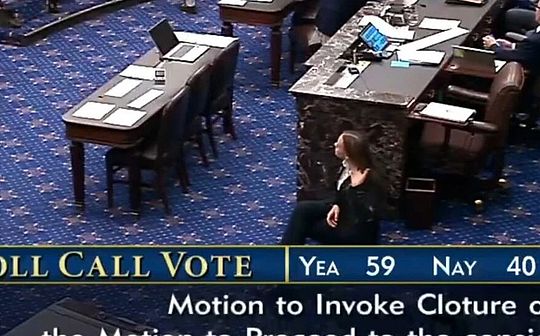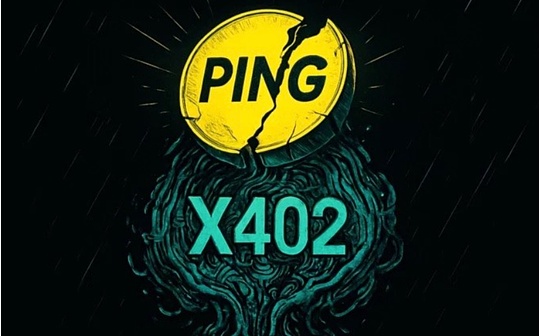
Author:Jeff Gapusan
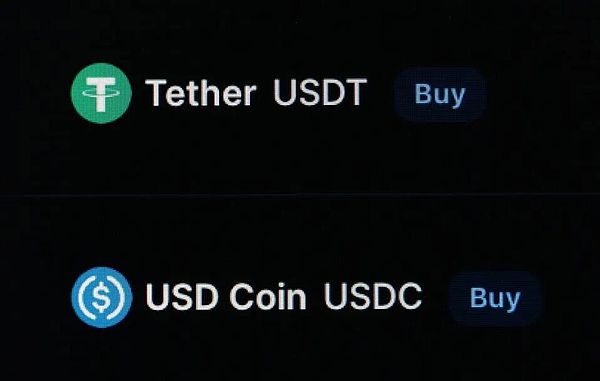
As traditional finance (TradFi) faces challenges in responding to technological innovation and growing consumer demand, stablecoins have become one of the most influential and controversial products.The United States, including policymakers and the private sector, has come to realize that stablecoins can serve as a powerful tool to fund the world’s largest economy, with U.S. Treasuries being its safest financial instrument.A recent research report released by Standard Chartered Bank pointed out that stablecoins may have a negative impact on the stability of financial institutions in developing countries, triggering large-scale deposit outflows and weakening the power of local central banks.
The stablecoin story is evolving, and two distinct financial outcomes are possible: the most enthusiastic users (emerging markets) may further disrupt the economic infrastructure they seek to protect their wealth, while further strengthening developed market businesses.
Digital dollarization: $1 trillion worth of stablecoins in jeopardy
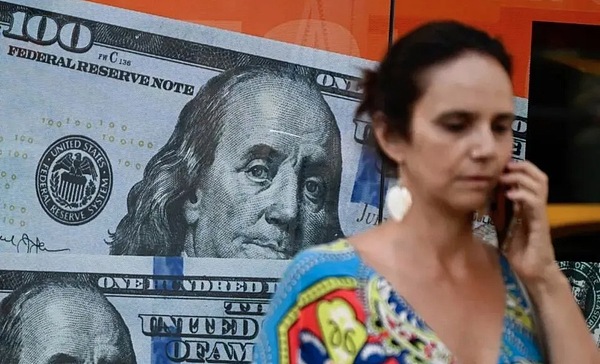
A woman walks past a billboard featuring a $100 bill in Buenos Aires.Argentines often convert pesos into dollars to protect their savings from “hyperinflation.”(Photo credit: LUIS ROBAYO/AFP via Getty Images)
From Argentina to Africa, converting currency into U.S. dollars is part of daily life.Stablecoins greatly accelerate this process and provide a convenient digital channel.
For decades, citizens of countries with weak, unstable currencies have chosen to exchange their currencies for dollars or dollar-denominated assets.In Zimbabwe, which has been plagued by years of hyperinflation and economic turmoil, about 85% of transactions are denominated in dollars.In other countries, such as Ecuador and El Salvador, the U.S. dollar has become their official currency.
The vast majority of stablecoin usage is concentrated in developing countries.In emerging markets, stablecoins are a necessity, providing protection against hyperinflation and unpredictable political crises.
In developed markets, stablecoins have become the fiat entry point for cryptocurrency trading, institutional settlement, or the shift from bank deposits to digital assets.Stablecoins provide users with access to alternative digital payments, finance and investment methods that are comparable to many traditional financial solutions in terms of speed, efficiency and cost.
These two use cases are in stark contrast.One might argue that these two positions are about weighing financial merits against practical needs.
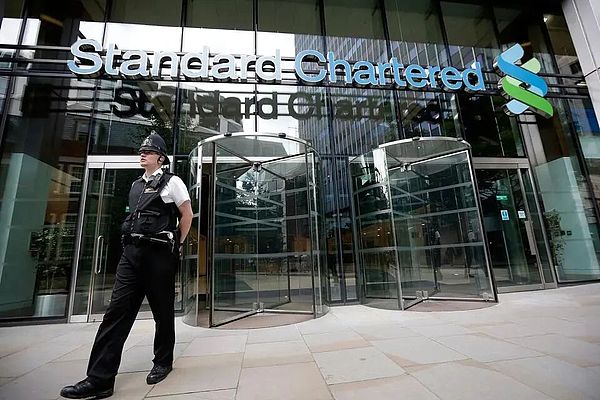
With its extensive business network, local market expertise and focus on cross-border trade and financial services, Standard Chartered has been a mainstay in banking in emerging markets across Asia, Africa and the Middle East.(Photo credit: Matthew Lloyd/Getty Images)
slagBanks were the first to warn of the negative impact that stablecoin economics could have.Current trends suggest that as much as $1 trillion in deposits could flow from emerging market banks to stablecoins by the end of 2028, according to a research report published in October.This wealth transfer is far from just a piece of paper and could pose a profound threat to the credit systems of many countries.
Emerging market stablecoin growth
EmergingThe core driving force for the growth of stablecoins in the market is self-protection.
People want to keep their hard-earned wealth.According to Standard Chartered, “capital return is more important than return on capital” for citizens of countries facing hyperinflation or currency devaluation.

Like Germany during the hyperinflation of 1923-1924, emerging markets are more concerned with the return of capital than with returns on capital.(Photo credit: Universal History Archive/Getty Images)
Stablecoins provide a reliable, instant, and borderless means of storing U.S. dollar-pegged wealth in a digital wallet.When citizens liquidate their national currencies (such as the Turkish lira, Argentinian peso, or Nigerian naira) to purchase stablecoins, the liquidity of these national currencies disappears from the domestic banking system.The consequences of this financial outflow are manifold and serious for local governments.
Fractional Reserve Banking System: Traditional Financial Operating System
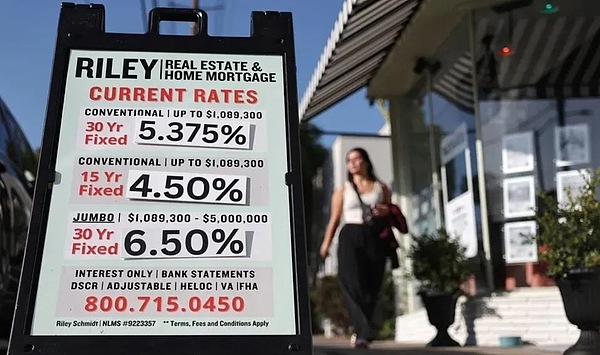
Fractional reserve banking allows financial institutions to hold only a portion of deposit funds as reserves, thereby promoting economic expansion.This allows them to issue home mortgages and auto loans to consumers.(Photo credit: Mario Tama/Getty Images)
Fractional reserve banking system is the mainstream banking model in the world.It allows banks to hold a certain percentage of customer deposits as reserves and lend the remainder to borrowers.As commercial banks lose their cheapest and most reliable source of funding (retail deposits), their ability to extend credit to local businesses and consumers is limited, driving up borrowing costs and dampening domestic economic growth.
monetary policy management
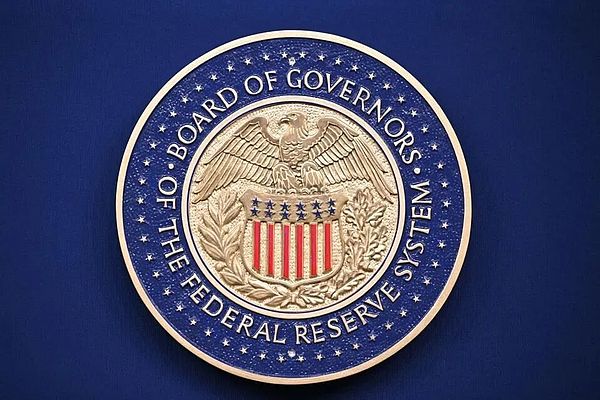
Central banks of various countries formulate monetary policies, which in turn affect the economies of their respective countries.Seal of the Board of Governors of the Federal Reserve System (Photo: MANDEL NGAN/AFP via Getty Images)
Central banks rely on traditional tools, such as raising interest rates, to manage the money supply and curb inflation.However, when a large amount of domestic currency is converted into offshore U.S. dollar tokens, and these exchanges are not supervised by the central bank, this traditional monetary policy transmission mechanism will be severely weakened.Regulators will be unable to grasp the true scale of dollar flows and assess the effectiveness of their policy measures.
Accelerating Capital Outflows: Stablecoins vs. ATMs
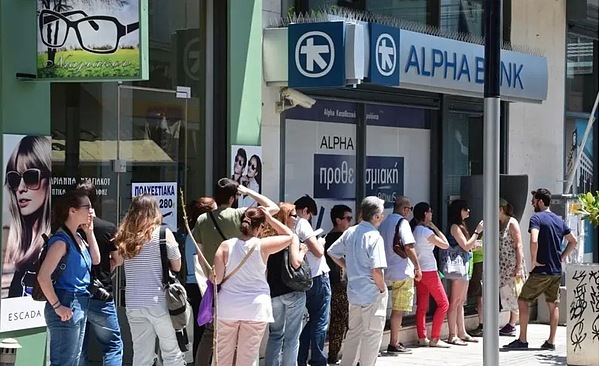
In July 2015, the world witnessed Greek citizens withdrawing money from ATMs in droves across the country.In order to prevent capital flight, the Greek government implemented capital controls.(Image source: Getty Images)
The world watched the Greek debt crisis unfold in July 2015, as photos and videos of Greek citizens queuing at ATMs across Greece to withdraw their hard-earned savings went viral.
As with the Greek debt crisis, the 1997 Asian financial crisis, or even Silvergate or the collapse of Silicon Valley banks, capital flight is often a harbinger of a coming liquidity crisis.Stablecoins provide a seamless route for capital to escape local currencies around the clock, which can accelerate exchange rate fluctuations and lead to bank failures.They have the potential to facilitate instantaneous digital capital flight that traditional regulatory mechanisms simply cannot cope with.
Countries classified as most vulnerable include those with weak fiscal positions and high reliance on remittances, such as Egypt, Pakistan, Bangladesh, Sri Lanka, and others.
Financing U.S. debt through stablecoins
If $1 trillion is potentially lost from the developing world, where will this capital end up?
Demand for stablecoins in emerging markets will inevitably lead to demand for the safest collateral: U.S. Treasury bonds.This mechanism is the key to the stablecoin paradox, which effectively solidifies the financial core of the United States.
Stablecoins, especially those designed to comply with regulatory requirements and achieve a 1:1 peg, must hold highly liquid, low-risk reserves.These reserves consist primarily of cash, cash equivalents and short-term U.S. Treasury securities.
Research from institutions like the Federal Reserve Bank of Kansas City highlights this crucial financial connection.As stablecoin research and development continues, its total market value is expected to grow from more than $300 billion currently to trillions of dollars in just three years, stimulating demand for short-term U.S. government bonds.
In its analysis, the Kansas City Federal Reserve noted that while stablecoins may displace demand for other short-term instruments such as money market funds, they will create non-negligible incremental demand for U.S. debt.
A new anchor of stability
At a time when fiscal and monetary policy are in the spotlight, growing demand for U.S. Treasuries would be of great benefit to the United States.The Federal Reserve’s research confirms that stablecoins are not just a cryptocurrency phenomenon, but a crucial new component of the U.S. government’s financing system.
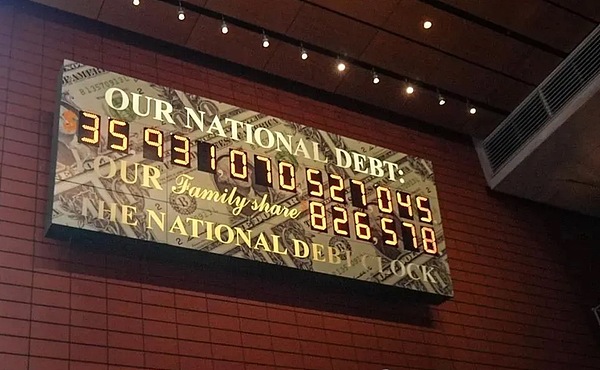
The U.S. National Debt Clock, which tracks the U.S. national debt and its share of U.S. households in real time, is a stark reminder of America’s growing fiscal burden.(Photo credit: Selcuk Acar/Anadolu via Getty Images)
The U.S. national debt has reached $38 trillion and is growing rapidly!Growing demand for Treasuries will absorb huge U.S. government debt issuance while potentially helping to lower borrowing costs.

Shadow banking is usually a pejorative term, but it may grow further as financial institutions develop stablecoins.(Photo credit: Ernst Haas/Ernst Haas/Getty Images)
Ironically, the popularity of stablecoins has fueled the spread of a much-avoided term in the banking industry: shadow banking.By mandating that reserve assets must be of extremely high quality and liquidity, regulation effectively turns the digital asset industry into a “captive investor” in U.S. debt.
Stablecoins promote strong dollar policy

As people around the world choose USD-denominated stablecoins, the strength and importance of the U.S. dollar will grow.(Photo credit: Matias Baglietto/NurPhoto via Getty Images)
Each issuance of a U.S. dollar-denominated stablecoin effectively represents a vote of confidence in the U.S. dollar, cementing the U.S. dollar’s status as the world’s reserve currency.The digital infrastructure built by stablecoins makes it easier for people in other parts of the world to trade and save in U.S. dollars, further consolidating the global financial dominance of the U.S. dollar in today’s period of global financial turmoil.
Global interconnection and regulatory challenges of stablecoins

Global financial leaders must examine ways to leverage stablecoin technology while avoiding potential negative impacts on those economies that most rely on stability.(Photo credit: Andrew Harnik/Getty Images)
Stablecoin markets create a direct, instant channel for capital transfers: The risk-averse mentality of developing countries drives insatiable global demand for safe assets backed by U.S. Treasuries, especially in emerging markets.
When citizens convert their own currency into U.S. dollars to avoid the risks of inflation and economic instability, these converted funds ultimately strengthen the financial power of the United States.USD-denominated stablecoins can complete capital operations in seconds that the global financial system takes days.
While opening doors for people affected by hyperinflation and economic instability, the rapid growth of stablecoins has also created a challenge for global financial regulators and banks, as they need to find ways to leverage the benefits of stablecoin technology (cheaper cross-border payments and financial inclusion) without destabilizing the most vulnerable economies they serve.


